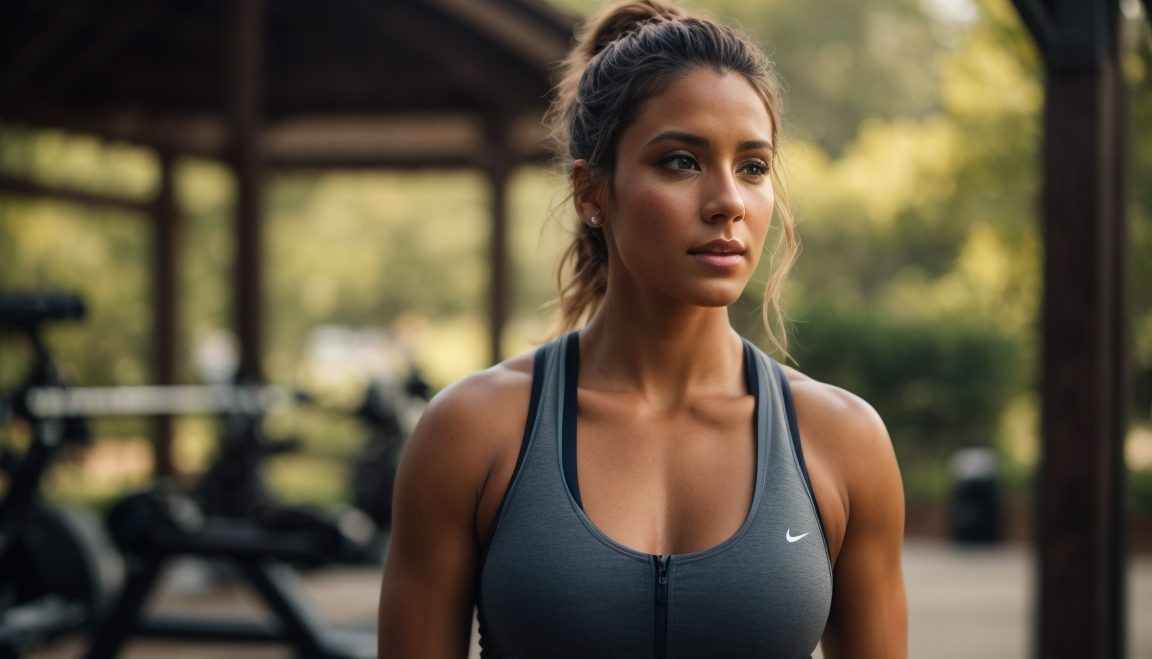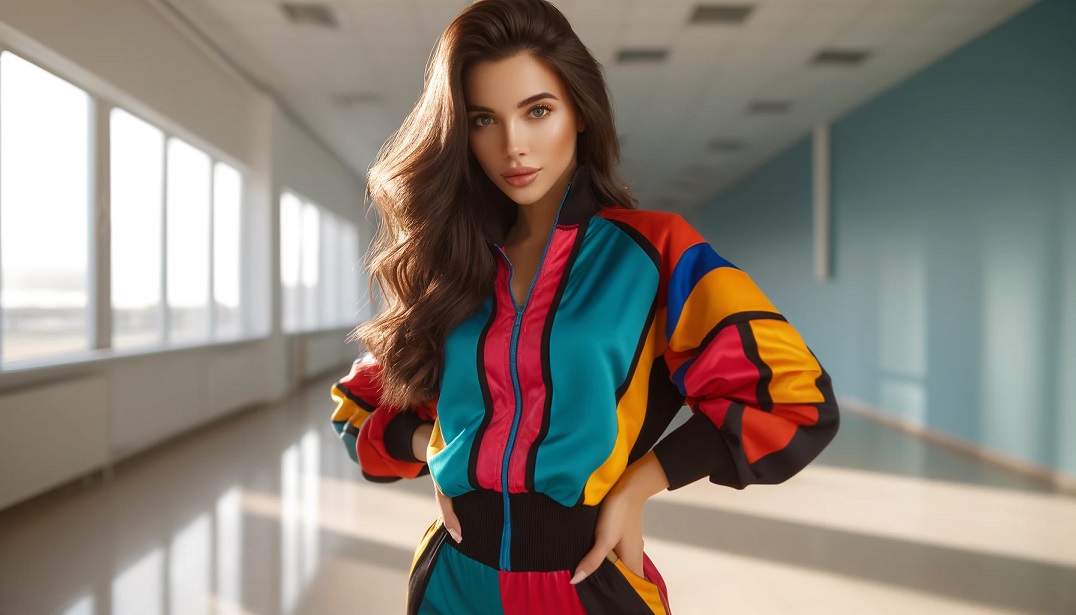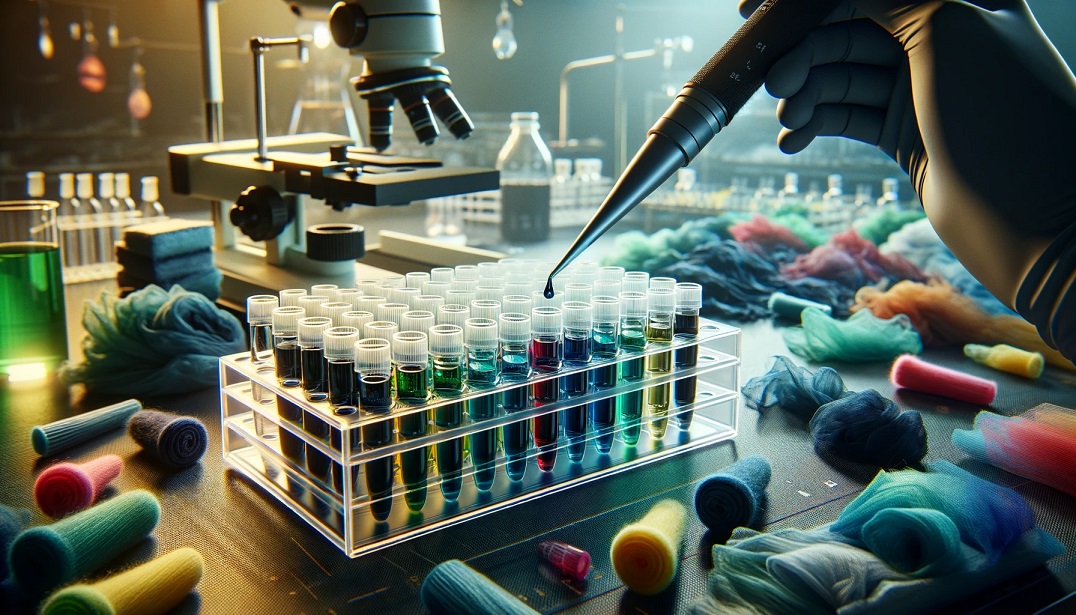Following ideas were generated by using Brainwriting tool of https://innovatenow.app/ within a minute with just writing one word ‘activewear’ and one ‘click’. More ideas can be generated by changing or adding the query words. These ideas can be further refined, adapted, evaluated and implemented depending on the current level of innovation in your business. These ideas, at least, give you different directions to think about for innovation in activewear. AI-powered platform https://innovatenow.app/ can supercharge your idea-generation efficiency many times, giving you an unparalleled edge over your competitors. With this app, you can generate dozens of innovative ideas about any product, process or service in just a few minutes.
Here are the 21 innovative ideas for the activewear in 2023.
Main Idea 1
- By leveraging cutting-edge materials, such as graphene and liquid metal alloys, develop activewear with superior durability and flexibility, providing enhanced performance and resistance to wear and tear.
Related Idea A
- Develop a smart activewear range by embedding sensors and microchips within the fabric, allowing for biometric monitoring, real-time feedback, and personalized training recommendations.
Related Idea B
- Integrate energy-harvesting technologies, such as piezoelectric materials, into activewear, enabling the conversion of kinetic energy from body movements into electrical energy to power devices or charge portable gadgets.
Related Idea C
- Explore the use of 3D printing in activewear manufacturing to achieve customizable, personalized designs and seamless integration of multiple functionalities (e.g., ventilation, compression, and support) into a single garment.
Main Idea 2
- Redefine activewear by designing modular clothing systems that adapt to different activities, weather conditions, and body movements, maximizing comfort, performance, and versatility.
Related Idea A
- Develop a range of hybrid activewear with seamless integration of formfitting layers, such as compression sleeves or pants, enabling athletes to easily customize their clothing based on specific needs and preferences.
Related Idea B
- Utilize adjustable and intuitive fastening mechanisms, inspired by nature (e.g., gecko-inspired adhesive mechanisms or origami-inspired folding techniques), to allow for easy and quick transformation of activewear components, optimizing adaptability and flexibility.
Related Idea C
- Employ biomimicry principles to create activewear that mimics natural phenomena (e.g., cooling effects of sweat evaporation, energy storage and release through microstructures) to enhance physical performance and thermoregulation under extreme conditions.
Main Idea 3
- Incorporate nanotechnology into activewear fabrics to revolutionize their functionality, such as providing enhanced breathability, moisture-wicking properties, and targeted UV protection.
Related Idea A
- Develop self-cleaning activewear utilizing nano-coatings with photocatalytic properties, capable of breaking down stains, odors, and bacteria when exposed to sunlight or low-energy light sources, reducing the need for frequent washing.
Related Idea B
- Integrate nanoparticles with thermoregulation capabilities into activewear fabrics, enabling optimal body temperature control by absorbing and releasing heat as required, thereby enhancing comfort and reducing energy expenditure.
Related Idea C
- Exploit the antimicrobial properties of nanoparticles by incorporating them into activewear, providing enhanced resistance against microbial infections and foul odor, promoting better hygiene and longer-lasting performance.
Main Idea 4
- Transform activewear design by incorporating bioengineered textiles derived from sustainable and renewable sources, reducing the industry’s dependence on fossil fuels and mitigating its environmental impact.
Related Idea A
- Explore the utilization of biomaterials, such as cellulose-based fibers derived from agricultural waste or bacteria-produced polymers, to create activewear that is biodegradable, compostable, and ecofriendly.
Related Idea B
- Investigate the potential of textile biotechnology to produce activewear fabrics through bio-fabrication techniques, utilizing organisms capable of generating biopolymers with tailored properties (e.g., moisture-wicking, elasticity) without relying on traditional textile manufacturing processes.
Related Idea C
- Integrate color-changing materials derived from natural sources, such as plant pigments or microorganisms, into activewear, reducing the need for chemical dyes and enabling versatile and customizable designs without compromising sustainability.
Main Idea 5
- Combine advanced data analytics and machine learning algorithms with smart activewear to optimize training routines, prevent injuries, and provide personalized performance enhancements.
Related Idea A
- Develop intelligent training assistants using AI algorithms, augmented reality, and haptic feedback to guide athletes through optimal movements and exercises, helping to improve technique, prevent injuries, and maximize results.
Related Idea B
- Create a cloud-based platform that collects and analyzes data from smart activewear, physiological sensors, and external sources (e.g., weather, terrain conditions), providing athletes with personalized performance insights, recovery tips, and training recommendations.
Related Idea C
- Implement predictive modeling and machine learning algorithms to identify patterns in data collected from smart activewear, predicting injury risks and alerting users to potential issues, allowing them to make informed decisions about training intensity and recovery strategies.
Main Idea 6
- Revolutionize the production and distribution of activewear through the usage of on-demand manufacturing, incorporating digital fabrication technologies and localized production networks.
Related Idea A
- Establish decentralized micro-factories equipped with 3D printers and textile manufacturing machines, enabling the production of activewear, tailored to customer measurements and preferences, in proximity to the point of sale, minimizing logistics and waste.
Related Idea B
- Develop an online platform that facilitates the design and customization of activewear by users, allowing them to choose from a range of fabric options, styles, and functionality features, before the garments are 3D printed or manufactured on-demand.
Related Idea C
- Implement blockchain technology to enhance transparency and traceability in the supply chain of activewear, providing consumers with verified information about the origin of materials, labor conditions, and sustainability certifications.
Main Idea 7
- Combine fashion and technology in activewear design through collaborations with renowned fashion designers and tech companies, creating statement pieces that blend aesthetics, functionality, and cutting-edge technology.
Related Idea A
- Partner with fashion designers to create limited-edition capsules that feature technologically advanced materials (e.g., shape-memory fabrics, light-emitting threads) and incorporate augmented reality or gamified elements, merging fashion, digital experiences, and athletic performance.
Related Idea B
- Collaborate with technology companies to integrate wearable electronics, such as flexible displays or haptic feedback devices, into activewear, enabling interactive and dynamic garmetary interfaces that can adjust color or texture in response to user input or environmental conditions.
Related Idea C
- Explore new forms of interdisciplinary collaborations between material scientists, engineers, fashion designers, and artists to cocreate highly innovative and wearable art concepts using advanced materials and technologies, inspiring new visions of activewear beyond traditional boundaries.



